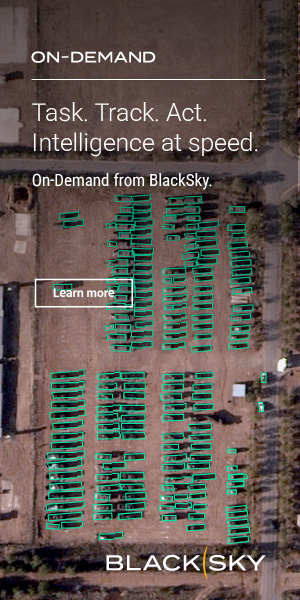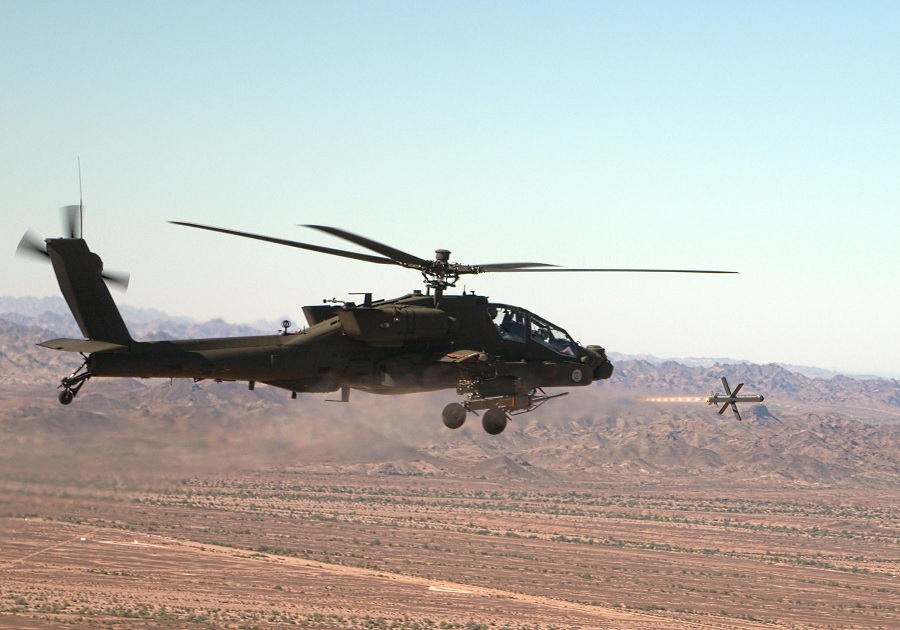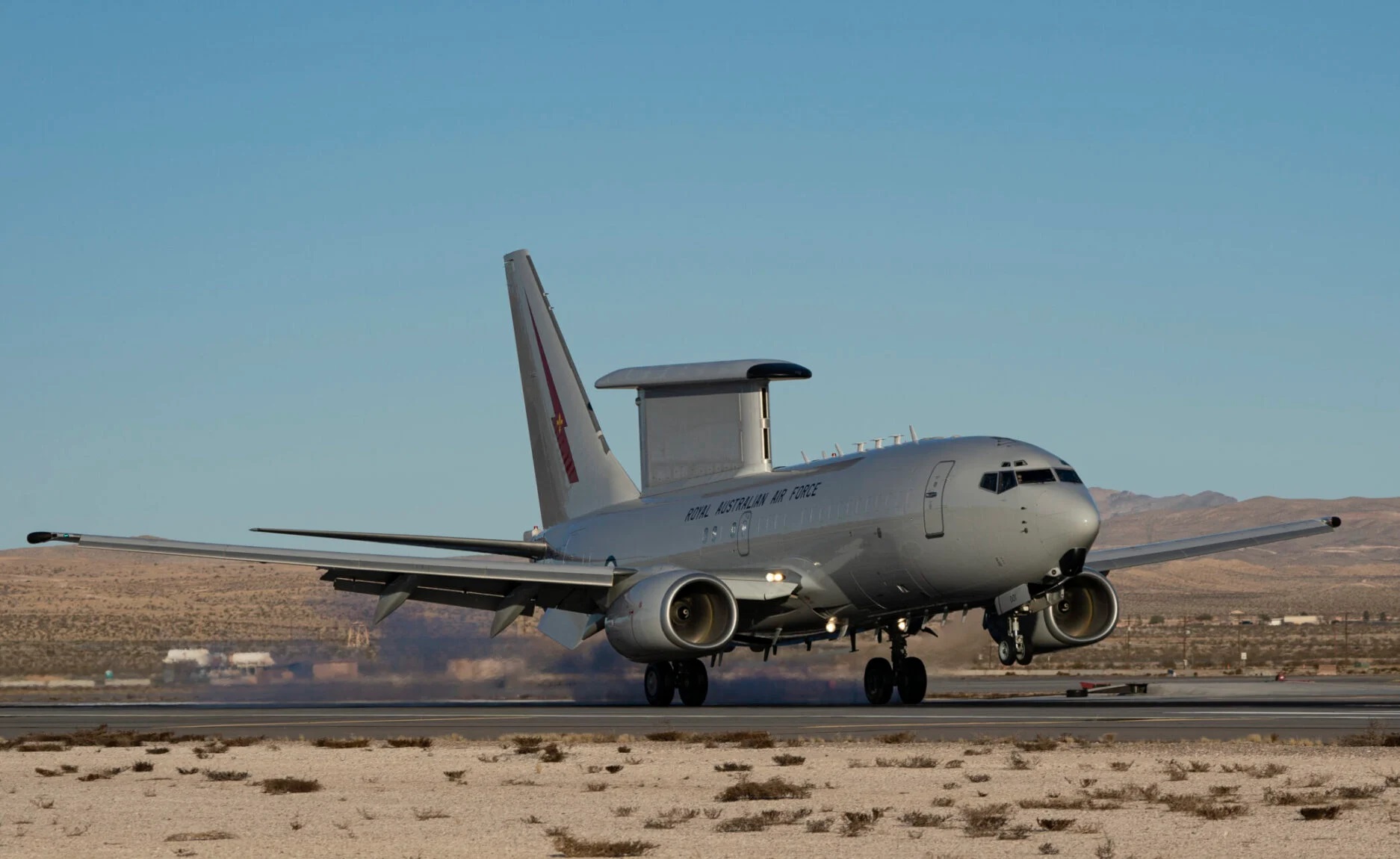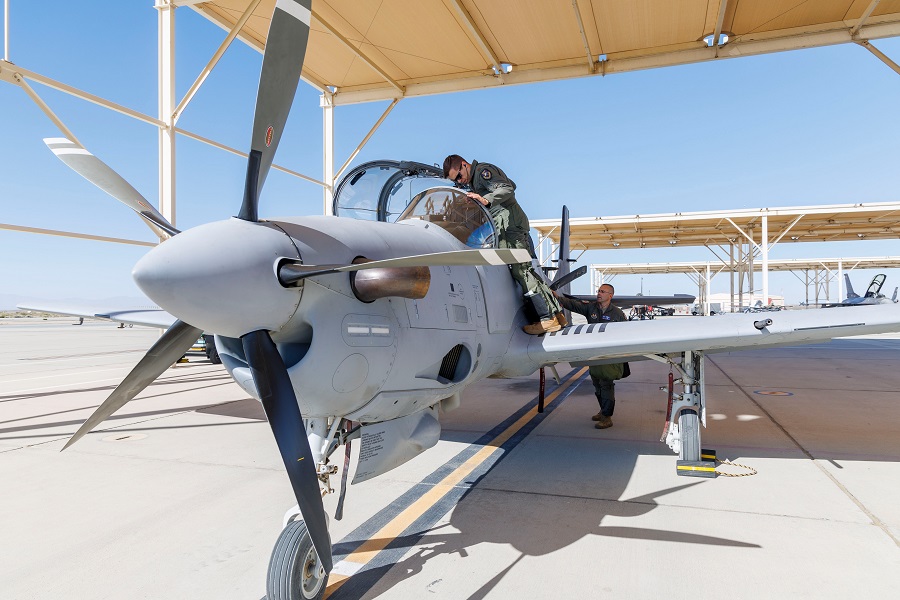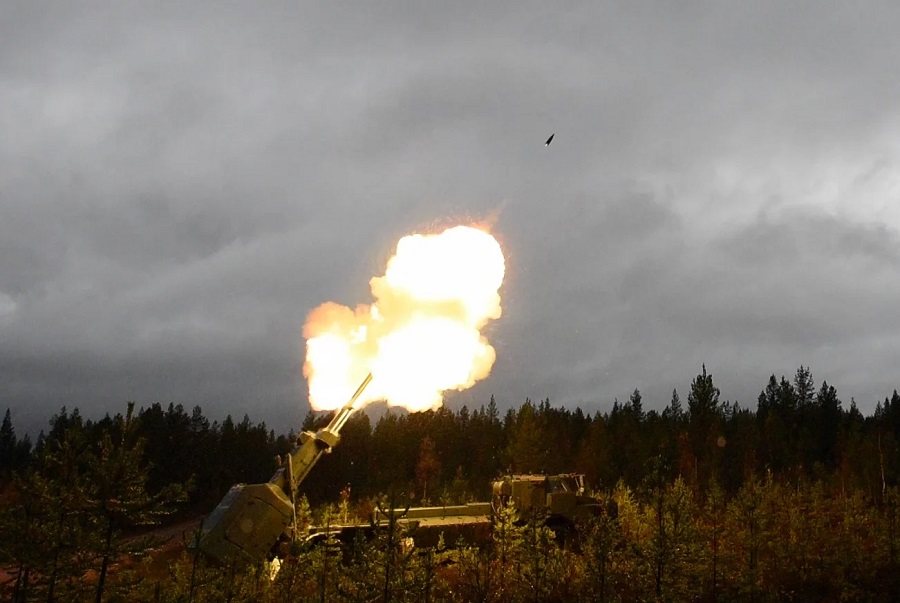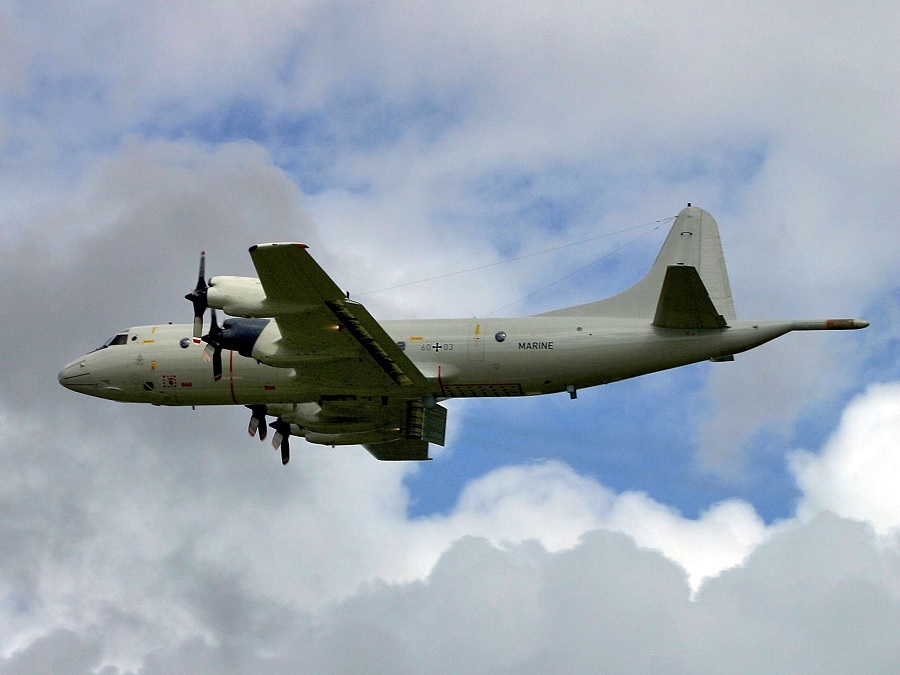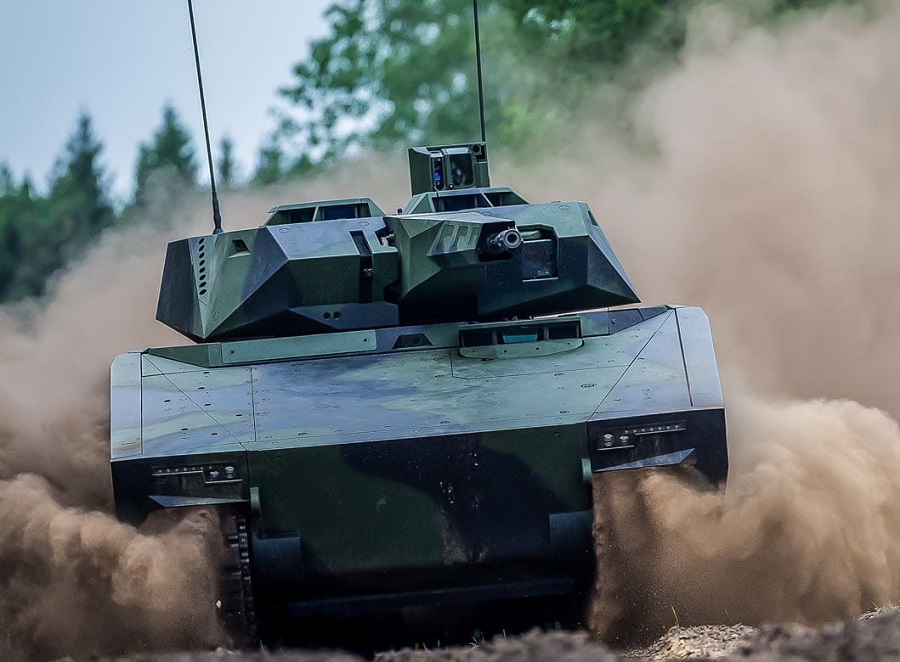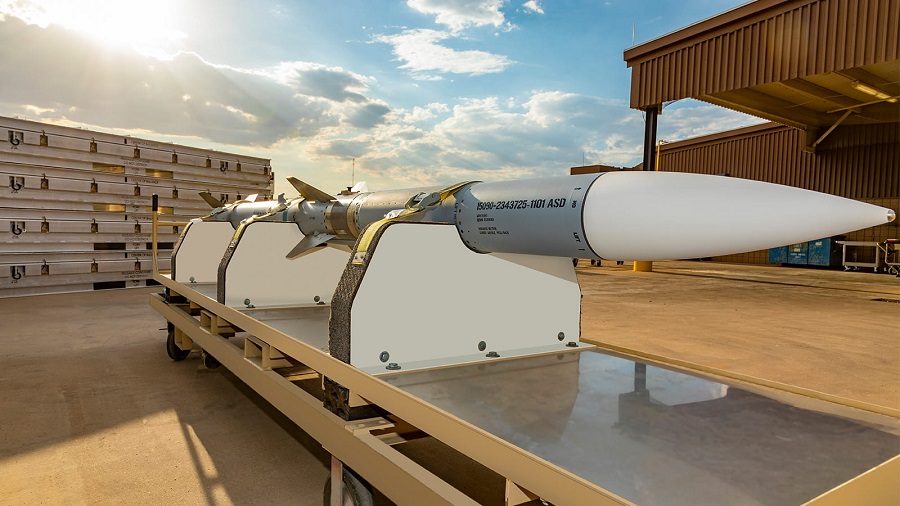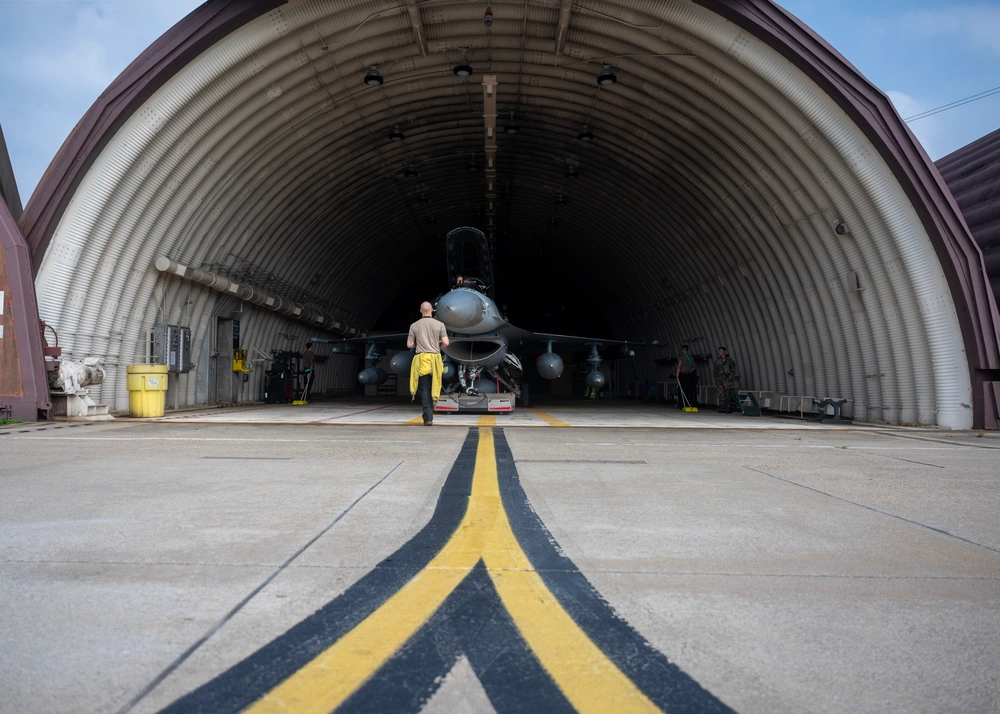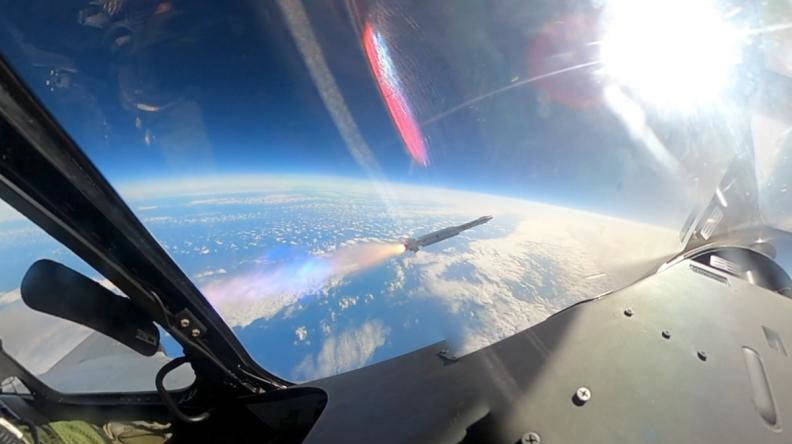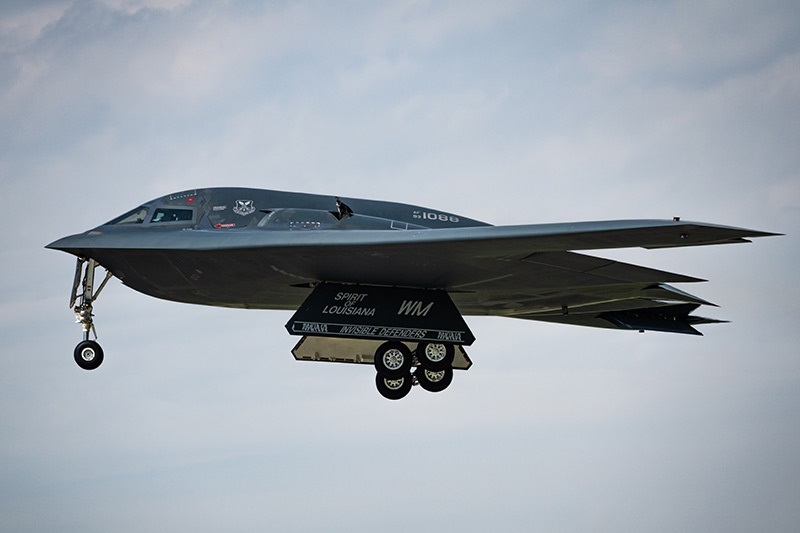The Spike NLOS, developed by Isareli defence cmpany Rafael, was selected in 2020 as the Army’s Interim-Long Range Precision Munition (I-LRPM). The missile offers a significant advantage over the Hellfire system, extending the Apache’s strike range to 32 kilometres and allowing for advanced targeting flexibility.

Previously, Spike NLOS had been tested at military facilities in Arizona, Florida, and Germany, but this was the first time it was used in an operational setting by a deployed Army unit. The test was conducted on 5 March 2025 by the 101st Combat Aviation Brigade (CAB) in the United States Central Command area of operations.
The successful flight demonstrated the integration of Spike NLOS with the AH-64E V6 Apache’s onboard systems. Chief Warrant Officer 3 Kevin Hopson, the pilot-in-command, explained that launching the missile requires precise alignment with the aircraft’s laser, navigation, and inertial systems.
Unlike the Hellfire, which relies on a continuous laser for guidance, the Spike NLOS features “man-in-the-loop” control. Warrant Officer Colton Francis, the co-pilot, highlighted how pilots can adjust the missile’s trajectory mid-flight, using a real-time camera feed to engage emerging targets or change attack plans.
The test validated the missile’s functionality and ensured the Apache’s weapons processor and launcher could effectively support Spike NLOS deployment. The 101st CAB now moves closer to using the system in live combat, supporting Operation Inherent Resolve’s ongoing efforts against Daesh.
Colonel Tyler Partridge, commander of the 101st CAB, emphasised the significance of integrating Spike NLOS into Apache operations. He stated that the enhanced capability strengthens the Army’s ability to provide precision firepower and adaptability in combat.





